The moment you walk into a truly brand-aligned office, you feel it. There's an unmistakable energy that tells you exactly who this company is and what they stand for—without reading a single piece of marketing material. The space itself becomes the most powerful brand statement they could make.
Your office isn't just where work happens—it's where your brand comes to life. Every surface, every color choice, every piece of furniture is either reinforcing or expressing your brand identity. The companies that understand this create spaces that become genuine competitive advantages.
When your physical environment authentically reflects your brand, something remarkable happens: clients feel more confident, employees feel more connected, and your company's vision becomes tangible and believable.
Beyond Logo Walls: What Brand Identity Really Means
Most companies think brand expression in offices means hanging their logo on the reception wall and maybe using their brand colors for accent pieces. But true brand identity runs much deeper than visual markers. It's about embodying the values, personality, and culture that drive your organization.
A truly branded office doesn't just display your identity—it makes people feel it. When someone walks into your space, they should immediately sense whether you're innovative or traditional, collaborative or focused, playful or serious, without reading a single word of marketing copy.
Brand identity in office design is about translating abstract concepts—your company's personality, values, and aspirations—into tangible, spatial experiences that reinforce your market position and cultural DNA.
The Psychology of Spatial Branding
Human beings are remarkably sophisticated at reading environmental cues. Within seconds of entering a space, we make unconscious judgments about the organization's credibility, values, and culture. These snap judgments influence everything from employee retention to client confidence to investor interest.
Consider two law firms: One has rich wood paneling, traditional furnishings, and classical artwork—it communicates stability, tradition, and gravitas. Another features sleek modern furniture, abundant natural light, and contemporary art—it suggests innovation, agility, and forward-thinking. Both can be highly successful because their spaces tell coherent, compelling stories that attract the right clients and talent.
The key is ensuring your space tells the story you intend—one that amplifies your actual brand positioning.
Translating Brand Attributes Into Physical Elements
The most successful brand-aligned offices begin with a clear understanding of the company's core attributes. Are you approachable or exclusive? Innovative or reliable? Global or local? Collaborative or independent? Each of these characteristics has specific spatial opportunities.
Innovation and Creativity translate into flexible spaces, unexpected materials, bold color choices, and areas that encourage experimentation. Think modular furniture, writable surfaces, varied lighting, and spaces that can be reconfigured for different activities.
Trust and Reliability express themselves through quality materials, clean lines, consistent finishes, and spaces that feel permanent and well-considered. This creates environments that feel stable and confident.
Collaboration and Community flourish in spaces with open sight lines, varied seating arrangements, shared areas that encourage interaction, and informal gathering spaces that feel welcoming rather than corporate.
Sophistication and Excellence shine through attention to detail, premium materials, refined proportions, and spaces that feel curated rather than decorated. Every element should feel intentional and of the highest quality.
Color as Brand Language
Color is perhaps the most powerful tool for brand expression because it operates on both conscious and subconscious levels. But effective brand color use goes far beyond painting walls your logo colors.
The most sophisticated approach treats your brand palette as a starting point for developing a richer environmental story. If your brand uses navy and orange, how do those colors express themselves in different intensities and contexts throughout your space? Perhaps navy appears as a statement wall in reception, as upholstery in meeting rooms, and as subtle accents in workstations.
Consider the emotional associations of your colors. Navy suggests trustworthiness and professionalism. Orange conveys energy and creativity. How do you want people to feel in different areas of your office, and how can color support those emotional goals?
Materiality That Tells Your Story
Materials speak volumes about company values and positioning. A sustainable design consultancy should showcase reclaimed wood, recycled materials, and living plants. A luxury brand requires premium finishes, refined textures, and materials that age gracefully. A tech startup might embrace industrial elements, cutting-edge materials, and surfaces that reflect their innovative spirit.
The key is authenticity—materials should feel natural to your brand, creating environments that feel genuine rather than forced. When materials align with brand values, they create spaces that feel both impressive and believable.
Functionality as Brand Expression
How your office functions is as important as how it looks. A company that values collaboration needs spaces that facilitate interaction. An organization focused on deep thinking requires areas that support concentration. A client-facing business needs impressive presentation capabilities.
Your spatial layout should reinforce your operational values. Open offices communicate transparency and collaboration, making them ideal for companies prioritizing teamwork. Private offices suggest confidentiality and focused work, perfect for organizations requiring concentrated individual effort.
%201.webp)
Flexibility Within Brand Consistency
The most successful branded offices maintain strong identity while allowing for evolution. This means creating systems rather than static solutions—modular furniture that can be reconfigured, display areas that can showcase changing work, color schemes that can accommodate new elements without losing coherence.
Brand consistency doesn't mean rigidity. It means establishing a clear voice that can express different aspects of your identity as your company grows and changes.
The Employee Experience Factor
Your office doesn't just communicate with visitors—it shapes your employees' daily experience and reinforces their connection to company values. An office that authentically reflects your brand helps employees feel proud of where they work and confident in explaining your company's mission to others.
When spatial design aligns with brand values, it becomes a powerful recruitment and retention tool. Top talent wants to work for organizations with clear identity and authentic culture, and your office is often their first substantial interaction with both.
Creating Authentic Brand Integration
The most effective brand integration is subtle and systematic. Rather than relying on obvious brand displays, it's about creating an environment where brand values are expressed through every design decision, from the reception experience to the conference room setup to the way natural light is managed throughout the day.
True brand integration feels natural and unforced. It's about creating spaces where your company's personality shines through authentic choices that support both your culture and your work.
Investment in Authentic Identity
Creating an office that truly reflects brand identity requires thoughtful planning and authentic decision-making. It means making choices that reinforce your unique position in the market and support the work you're actually doing.
The return on this investment is substantial: increased employee engagement, stronger client confidence, clearer market differentiation, and spaces that actually support your operational goals.
Your Space as Competitive Advantage
In a marketplace where products and services can be easily copied, authentic brand expression becomes a significant competitive advantage. Your office is one of the few brand touchpoints that competitors can't replicate because it's uniquely tied to your culture, values, and way of working.
When your space authentically reflects your brand identity, it becomes a powerful business asset that works continuously to reinforce your market position, attract the right people, and support your operational goals.
The companies that thrive understand that their office is either helping or expressing their brand every single day. The question is: what story is your space telling?












.svg)

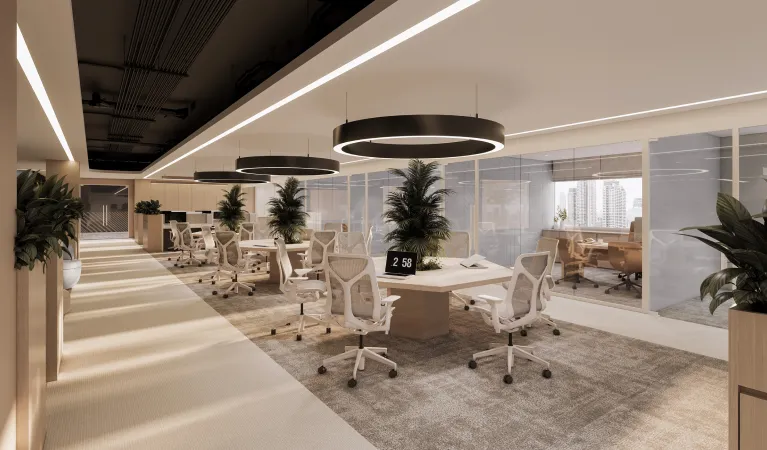
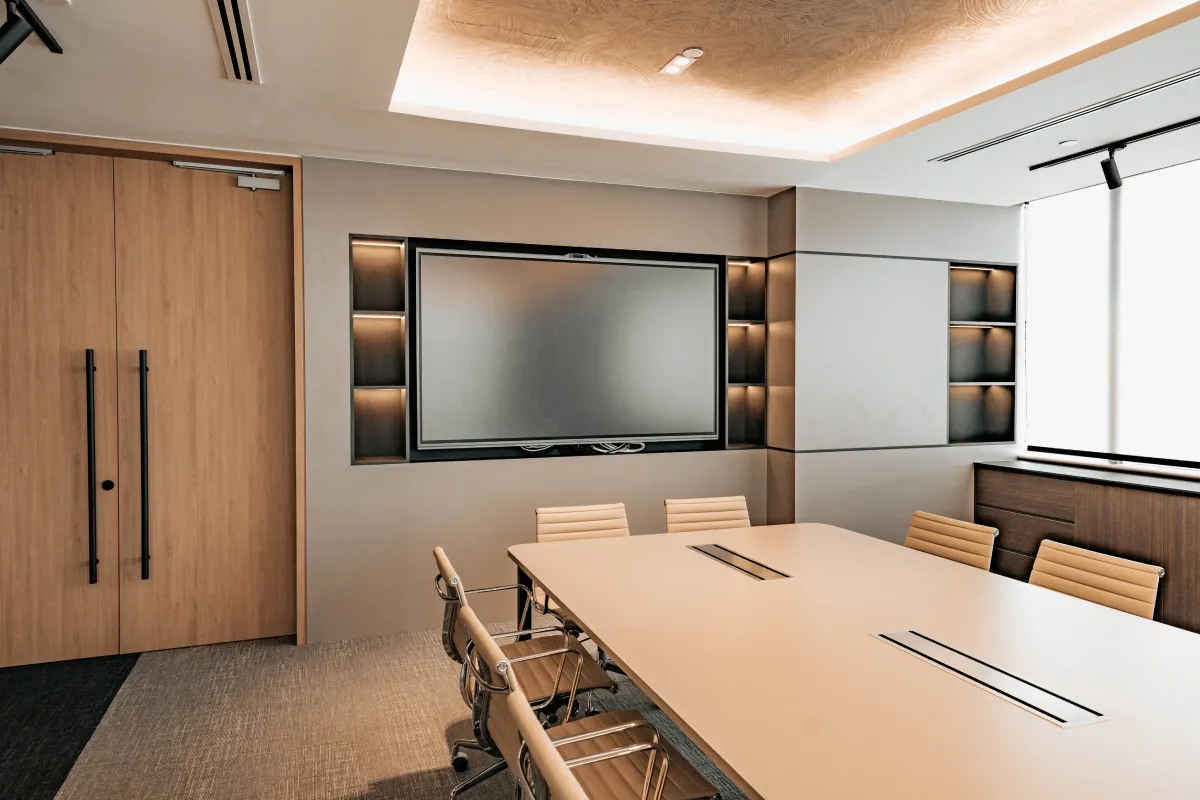
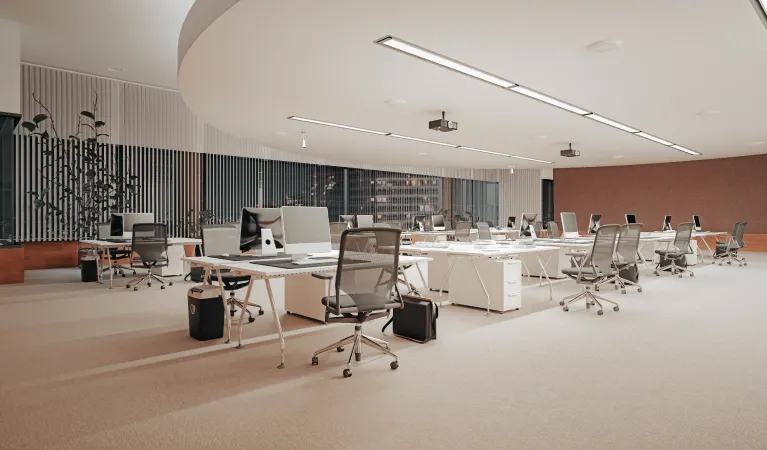

%201.webp)

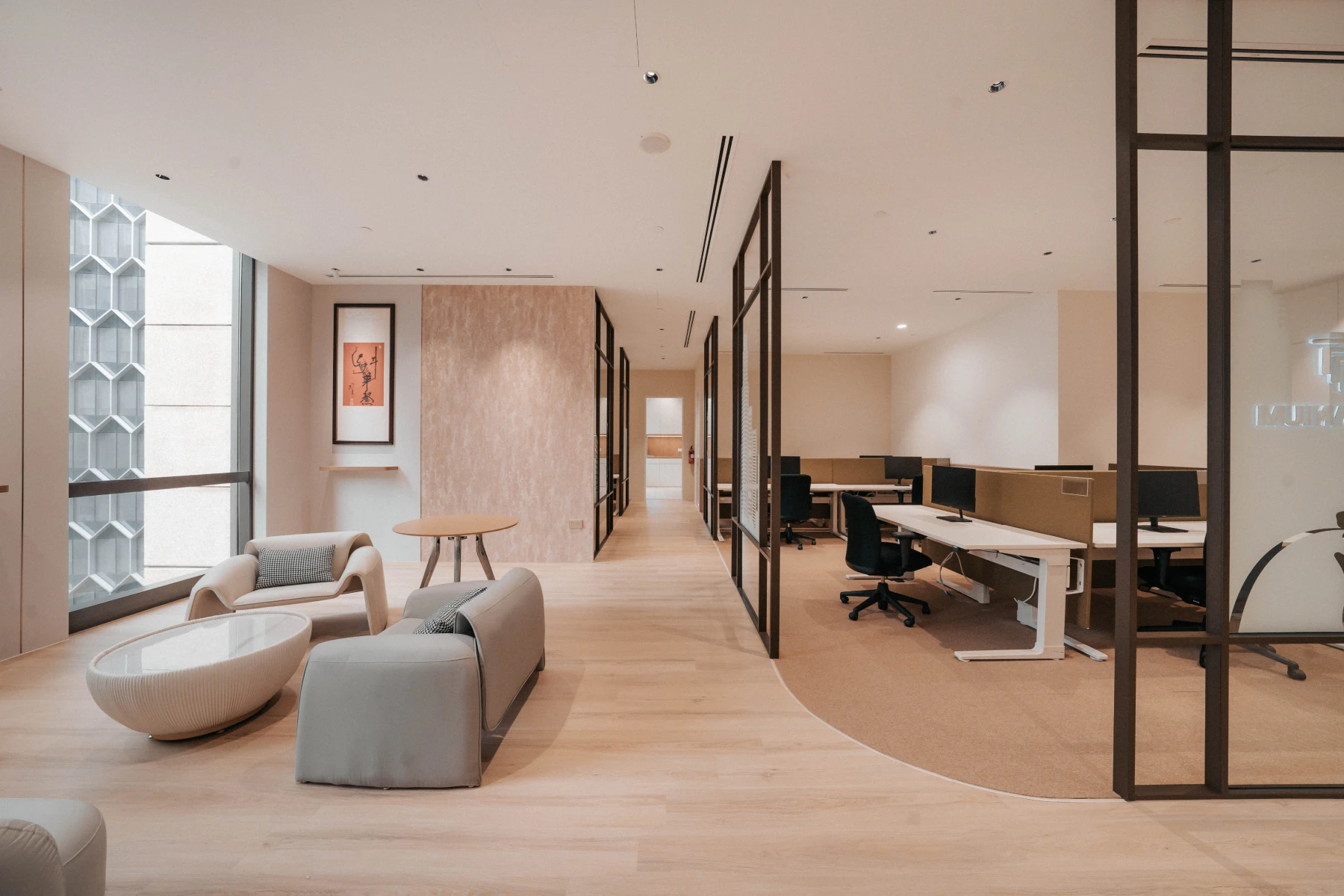
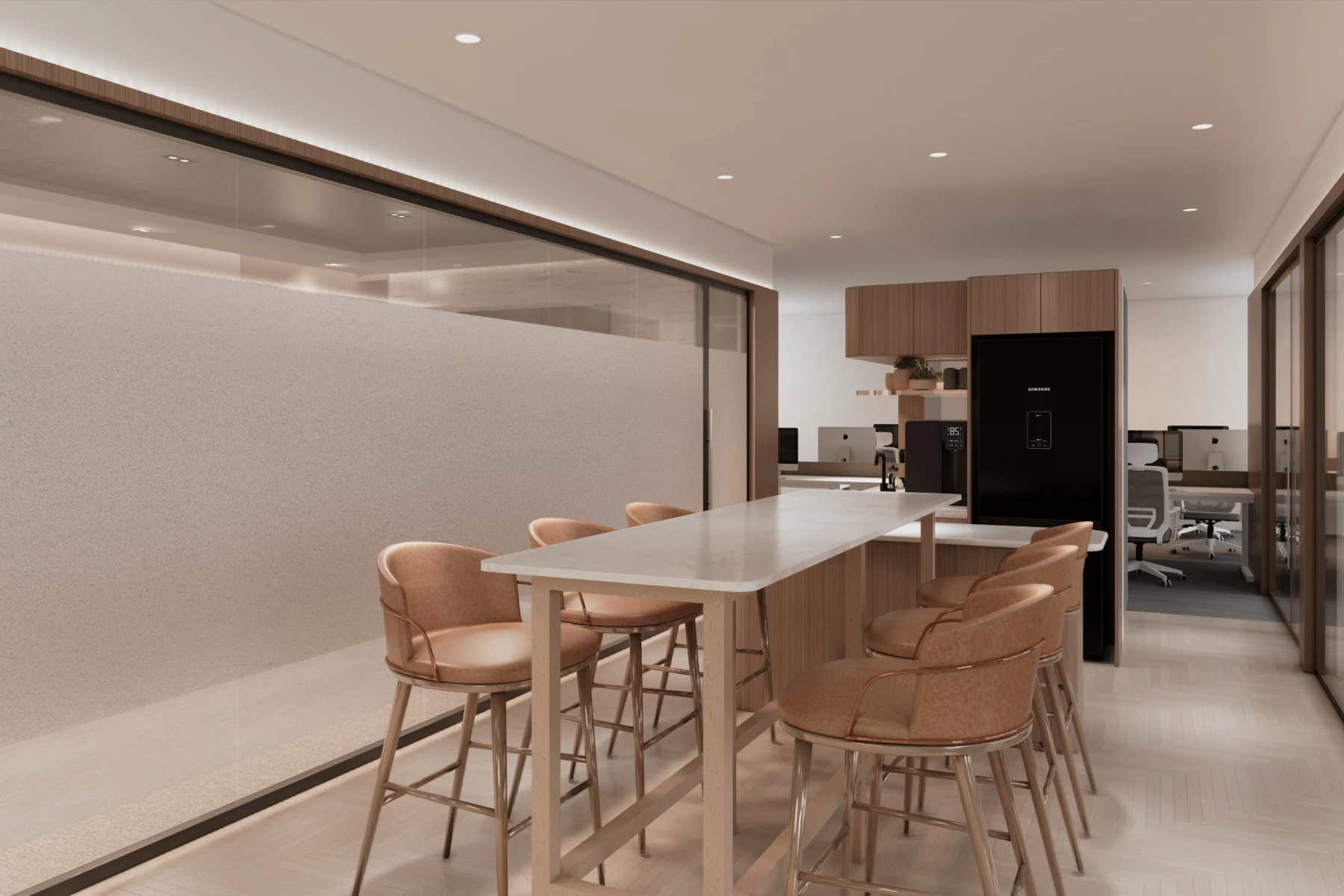
.png)





